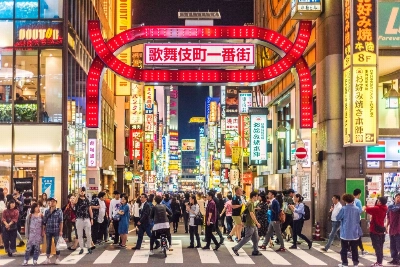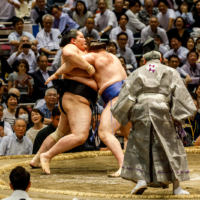It wasn’t the heat of the sun that stopped me in my tracks on a Shinjuku street — it was the absence of shade.
I had just gotten back from a visit to Nagoya, where I once lived amid smokestacks and train lines. For the first time in years, I made a pilgrimage to see the Giant Camphor Tree that grows on the grounds of Atsuta Shrine. Its hulking, thousand-year-old limbs capture the strong sunlight and cast it soft and dappled, as if its leaves were green stained glass, onto those below. The tree had a way of making the grounds quiet, the air cool and the breeze feel full of the rich and healing scent of life.
Japan is a country of spectacular trees: the crimson blaze of autumn maples, the blush of cherry blossoms in spring and evergreen forests that cloak entire mountainsides in deep green. Trees here are not just admired — they are, in many cases, revered.


















With your current subscription plan you can comment on stories. However, before writing your first comment, please create a display name in the Profile section of your subscriber account page.